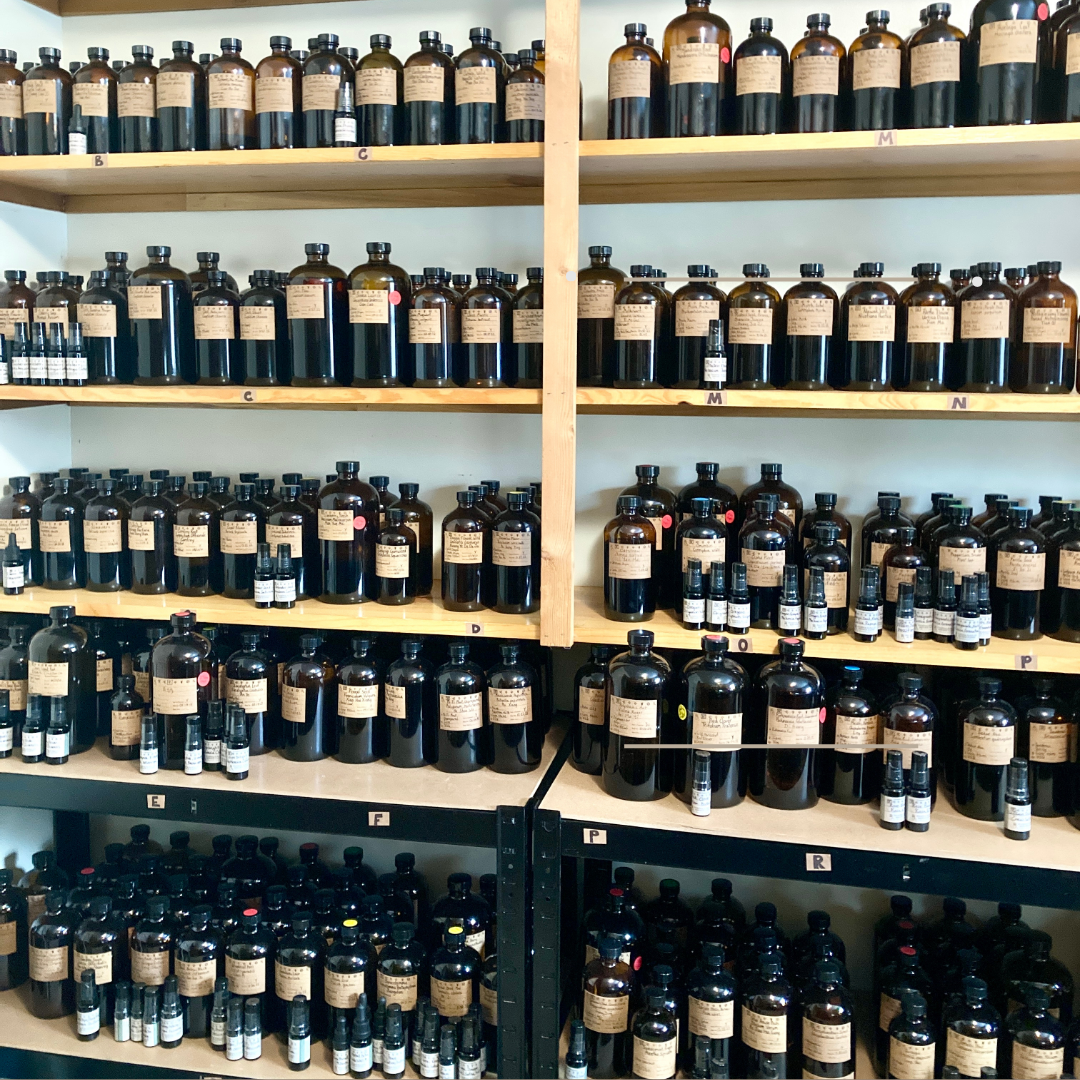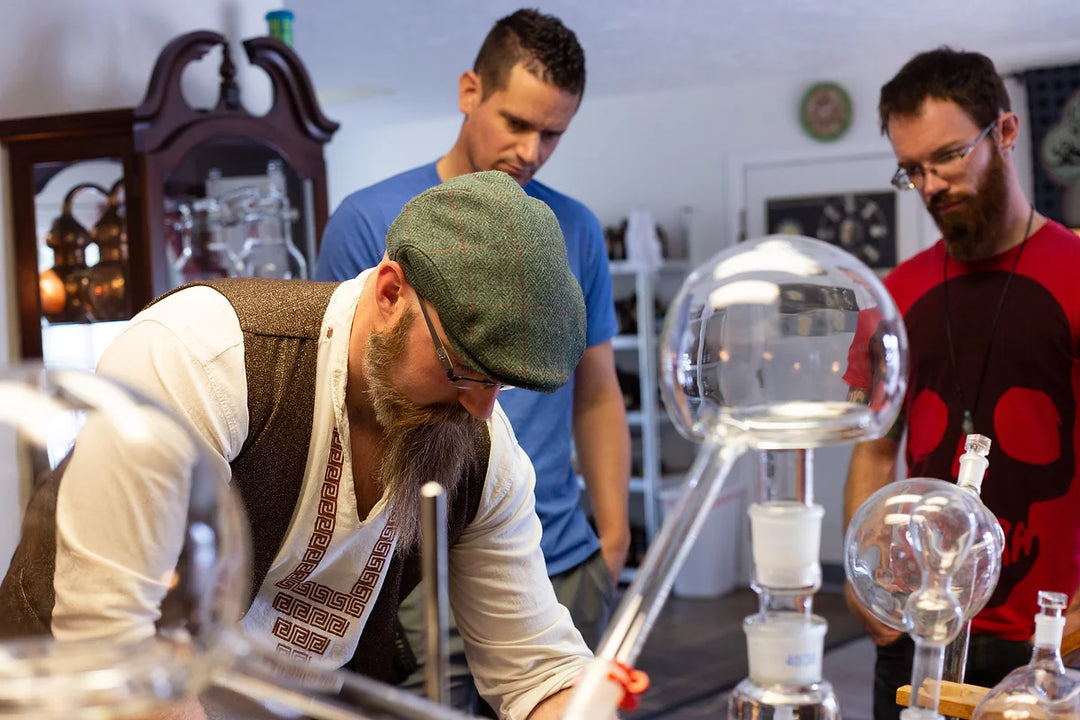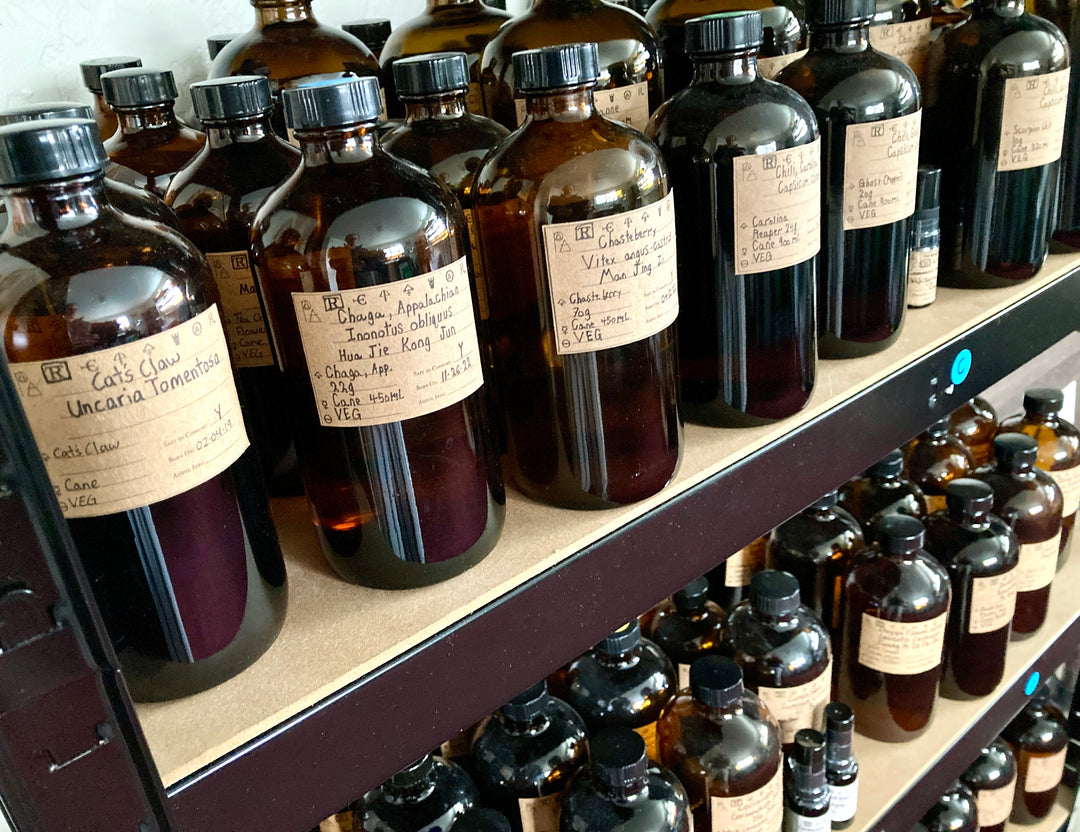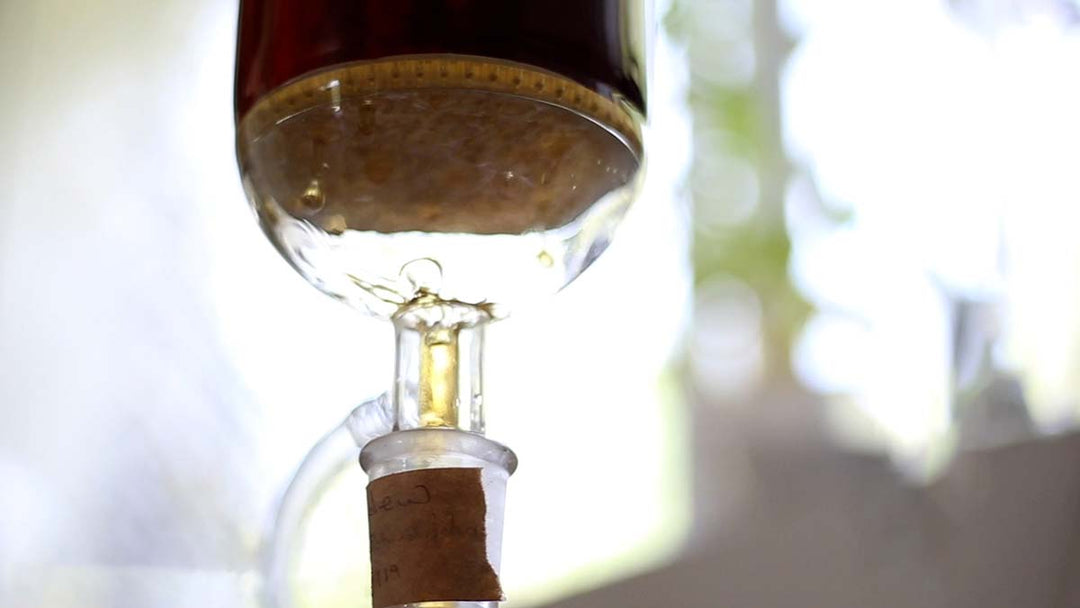Achillea millefollium, a member of the sunflower family, can be found all over the globe, but is particularly comfortable in the central and eastern United States. You can find her clustered white flowers and delicate segmented leaves (millefollium means “a thousand leaves”) pretty much in any area ranging from fields to mountains. Yarrow is a hardy perennial and can easily grow in disturbed soil, including along the
edges of highways, and is a wonderful plant for attracting pollinators. Other common names for yarrow include: Bloodwort, Carpenter’s Weed, Devil’s Nettle, Devil’s Plaything, Milfoil, Nose Bleed, Old Man’s Pepper, Sanguinary, Soldier’s Woundwort, Staunchweed, and Thousand Weed/Leaf.

This aromatic flower has been used for thousands of years by humans. It was actually found amongst other medicinal herbs in a Neanderthal burial site in Iraq, which dates all the way back to 60,000 BC! Needless to say, this plant has been around a long, long time, weaving her magic into the lives of those who knew her. Yarrow can be commonly over looked because it tends to grow in such ample supply almost everywhere (much like dandelion), yet herbalists usually swear by this multi-talented healing herb. In fact, well known herbalist and author, Rosalee de la Foret, was quoted as once saying that yarrow is the one plant she would take with her if she was stranded on a deserted island!
Yarrow's genus name, Achillea, actually comes from a Greek myth in which yarrow was given to Achilles by Chiron (a centaur). Supposedly Achilles then painted himself with a yarrow paste to allow him to become
invulnerable to arrows, except he didn't put the paste on his heels, hence the phrase Achilles Heel. Another version of the myth is that Achilles reportedly carried yarrow with his army in order to treat battle wounds. And it is true that throughout history, yarrow has indeed been known for its use in stanching the blood flow from wounds.
Since yarrow has naturally occurring antimicrobial properties which can help prevent wound infections, yarrow is often found in healing salves and ointments. In fact, Scottish Highlanders today still make an ointment from yarrow to apply to wounds and many traditional Celtic Pagan households use yarrow in a variety of salves and teas. Achilleine, a naturally occurring chemical in yarrow, helps to stop bleeding and to decrease pain. This healing plant also contains many anti-inflammatory and antiseptic oils, tannins, and
resins, as well as silica which can help repair damaged tissue. Because of yarrow's anti-inflammatory properties, not only has it been used for wound care, but it has successfully been used topically to treat inflammatory skin issues like eczema.
Historically, yarrow has also been found to be used as food and was a popular vegetable in the 17th century. You can eat the young tender leaves and use them much like you would spinach, or any other leafy green. The leaves of yarrow can also be dried and used as an herb to sprinkle over your favorite dishes.
In the Middle Ages, yarrow was one of the main herbs used as a bittering and flavoring agent for gruit, which is a style of ale/beer. In fact, Yarrow was the herb of choice for most ferments before hops was imported from the Americas in the 16th century.
Yarrow has long been a folk remedy. In fact, the Native Americans were known to use yarrow for a large variety of external and internal ailments including: wounds, burns, toothaches, arthritis, digestion and sore throats. According the the book: A Modern Herbal by Mrs. M. Grieve, written in 1931, young girls would take a fresh yarrow leaf and twist it into the nostril in order to elicit a nosebleed. Why on earth would they do that you ask? Well, apparently the girls were taught back then that they could determine if their suitor's love was true only if their nose bled upon inserting the leaf of yarrow whilst reciting a rhyme. Yarrow has also been long used as a sedative to help relieve anxiety and insomnia.
 As a Venusian herb, yarrow has historically been a go-to for women's health. It historically has been used to help the reproductive system, mastitis (breastfed induced breast infection), spotting between cycles, dark clotted blood, period pains, vaginal infections, and irregular discharge.
As a Venusian herb, yarrow has historically been a go-to for women's health. It historically has been used to help the reproductive system, mastitis (breastfed induced breast infection), spotting between cycles, dark clotted blood, period pains, vaginal infections, and irregular discharge.
Yarrow also has a great ability to make humans sweat, which is why historically, drinking hot yarrow tea during a fever has helped it to break, allowing the body to sweat freely and to rid itself of any infection. A classic herbal formula for colds and flus contains: yarrow, peppermint and elderflower which is often drunk as a hot tea as soon as the sickness makes itself known.
Magically speaking, yarrow has immense protective qualities and can be used to heal and fortify the aura. Yarrow's magic is that of intentional restraint, as it energetically helps slow the flow of energy just as it slows the blood from coursing from a wound. Yarrow can help remind us to titrate the energy needed for a
healing process, to go at such a rate that our own healing doesn't overwhelm us. The protective energies that yarrow carries can also remind us to protect the more vulnerable places within us, so that they too can eventually heal. In a more creative light, yarrow teaches us to move forward with intention, care, and steadfastness. Because yarrow is so great at regulating the blood in our bodies, likewise, the magic of yarrow helps us to regulate our creative flow. This master plant is a wonderful guide to help us manage our internal and outward flowing energies, teaching us how to store energy now for a future project down the road. Yarrow has long stood as a symbol of love and teaches us to nurture our beloveds first in order to trust that they will hold us through whatever tough future situations we might encounter.
This beautiful, hardy, perennial flower, has a long rich history of medicinal and magical use, and we here at the Phoenix Aurelius Research Academy want to continue studying this wonderful plant through our own Spagyric Laboratory Processes and through Quantum Scalar Analysis. This fragrant flower graces our Utah Rocky Mountains, and is in ample supply in the mountains that we are fortunate to call our backyard. We have white [wild] yarrow, and several cultivar varieties of yarrow growing on the property. I love to
wild-harvest yarrow every late spring as I hike to the top of the beautiful aired mountains that overlook the Ogden Valley.
Wild Yarrow Flower was the first herb that Phoenix ever pulled an essential oil from, and its essential oil comes over the still as a gorgeous bright blue color. He has harvested Yarrow Flower and worked with it while hiking, bushcrafting, and wild-harvesting since he was just 17 years old. He loves to lightly boil or steam the young tender leaves this time of year when in the field.








